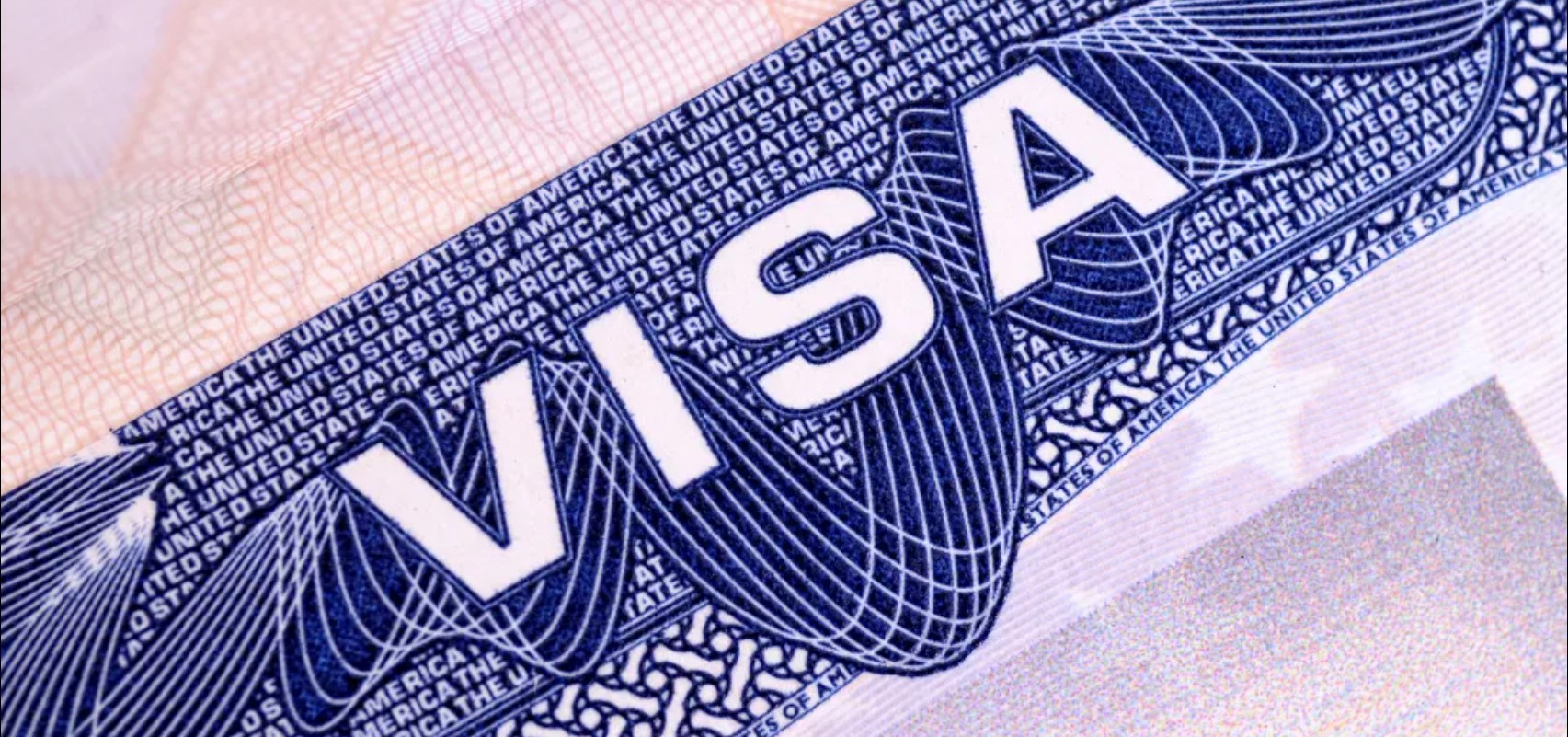Introduction:
Navigating the complexities of international travel can be daunting, especially when it comes to understanding the intricacies of entering a country. For travelers looking to visit the United States, one of the most significant agencies involved in the visa and entry process is Customs and Border Protection (CBP). This agency plays a crucial role in ensuring the safety and security of the United States while facilitating lawful travel. This article aims to shed light on WHAT IS CUSTOMS AND BORDER PROTECTION FOR US VISA CBP is, its role in the U.S. visa process, and how it affects travelers entering the country.
Paragraph 1: What is Customs and Border Protection?
Customs and Border Protection (CBP) is a division of the Department of Homeland Security (DHS) responsible for managing, controlling, and protecting the nation’s borders. Established after the September 11 attacks to enhance security efforts, CBP combines several agencies, including the former Customs Service and Immigration and Naturalization Service (INS). Today, CBP is tasked with various responsibilities, including enforcing immigration laws, collecting import duties, and preventing the entry of illegal drugs, weapons, and other contraband. Understanding the role of CBP is essential for travelers as it impacts their entry into the U.S. and overall travel experience.
Paragraph 2: The Role of CBP in the Visa Process
When travelers apply for a US visa process, they often focus on the application and approval process at U.S. embassies and consulates. However, CBP is critical in this process once travelers arrive at a U.S. port of entry. CBP officers are responsible for inspecting incoming passengers, verifying their identities, and ensuring they possess the proper documentation, including visas and passports. CBP also conducts background checks using advanced technology and databases to ensure travelers meet the eligibility criteria established by U.S. immigration laws. This initial evaluation helps maintain national security and ensures compliance with immigration policies.
Paragraph 3: Inspection Process at Ports of Entry
Upon arrival in the United States, travelers will go through the CBP inspection process at their designated port of entry, whether it is an airport, seaport, or land border crossing. During this process, travelers must present their travel documents, including their passport and visa, to a CBP officer. The officer may ask questions about the purpose of the visit, length of stay, and accommodations in the U.S. Travelers should remain calm and provide truthful answers, as inconsistencies or false information can lead to delays or denials of entry. Additionally, CBP officers have the authority to search personal belongings, including carry-on luggage, to ensure compliance with U.S. laws.
Paragraph 4: Understanding the Visa Waiver Program
One significant aspect of U.S. immigration policy is the Visa Waiver Program (VWP), which allows citizens of specific countries to visit the U.S. for tourism or business purposes without obtaining a visa. Under this program, travelers must apply for an Electronic System for Travel Authorization (ESTA) before their journey. While CBP plays a role in this process, the agency’s customs officers also check the validity of ESTA approvals upon travelers’ arrival. It’s essential for travelers to understand that while the VWP simplifies entry for eligible countries, CBP maintains the discretion to deny entry if travelers do not meet security or safety requirements.
Paragraph 5: Dealing with Customs Regulations
Beyond immigration enforcement, CBP ensures travelers comply with customs regulations, including declaring any goods or items they bring into the country. When entering the U.S., travelers must declare cash, goods, and agricultural products, adhering to specific limits and guidelines. Failure to declare items correctly can result in fines and legal repercussions. CBP officers may ask questions about the traveler’s possessions, conduct inspections, and seize prohibited items, including certain food products or plants. Understanding customs regulations is vital for international travelers to ensure a smooth entry process.
Paragraph 6: The Consequences of Non-Compliance
For travelers, understanding the role of CBP also means recognizing the consequences of non-compliance with U.S. laws and regulations. If CBP determines that a traveler poses a security risk or does not have the necessary credentials, they may be denied entry into the U.S. or subjected to further inspection. In some cases, travelers may be detained for additional questioning or referred to secondary inspections, which can RENEW USA VISA delay their entry significantly. Moreover, a denial of entry can lead to future complications with visa applications or travel to the U.S. Therefore, adhering to all regulations and providing accurate information is essential for a seamless experience.
Paragraph 7: Preparing for Your Arrival in the U.S.
To ensure a smooth entry process, travelers should prepare adequately before their arrival in the United States. This preparation includes having all necessary travel documents (such as passports, visas, and ESTAs) readily accessible upon arrival, familiarizing themselves with customs regulations, and understanding the likelihood of questions that CBP officers might ask. Additionally, it’s prudent to research the local laws and customs of the U.S. to avoid any misunderstandings. Being informed can help travelers navigate the CBP inspection process confidently, ensuring a positive experience upon entering the U.S.
Conclusion: The Vital Role of CBP in the U.S. Visa Process
In conclusion, Customs and Border Protection (CBP) plays an essential role in the U.S. visa process and the broader context of international travel. Understanding CBP’s responsibilities and procedures can greatly aid travelers in preparing for their journey to the United States. By being aware of customs regulations, the inspection process, and potential consequences of non-compliance, individuals can navigate the complexities of entering the country more effectively. Ultimately, the efforts of CBP ensure that lawful travelers can enjoy their experiences while maintaining the safety and security of the United States. With proper preparation and awareness, travelers can make their entry into the U.S. a smooth and enjoyable process.

Leave a Reply